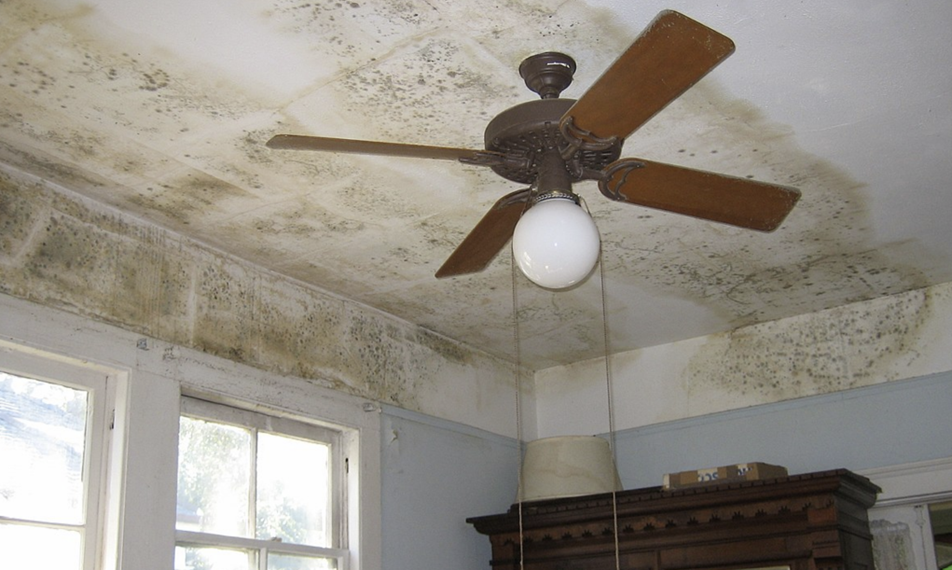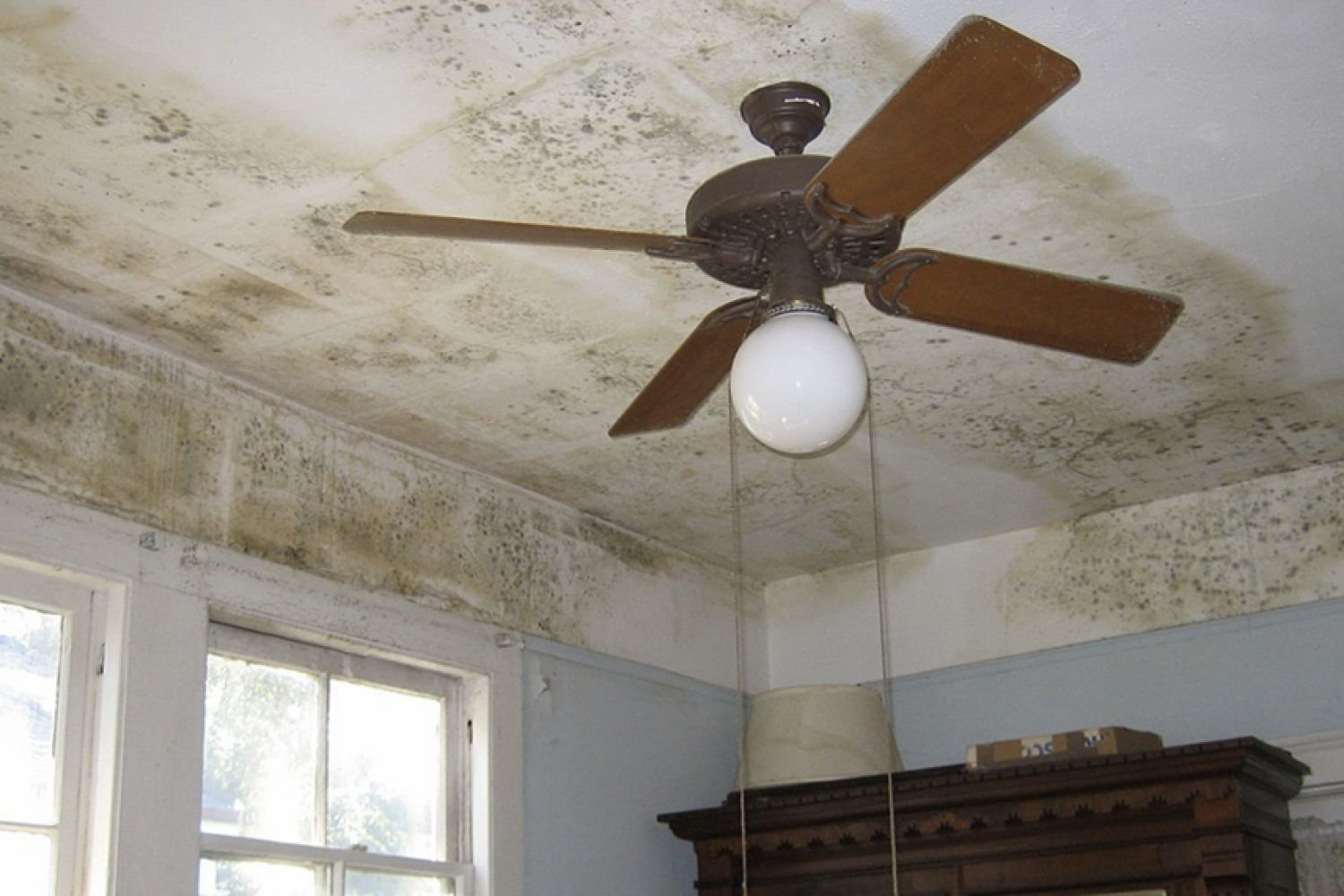Water Stains/Water Damage/Mold/Mildew
(Common Areas, Units)
ANNOUNCEMENTS
*Our next HUD-REAC/UPCS Webinar Training Series starts this Thursday, September 29th!*
Register here: Getting REAC Ready Webinar Series
In this September 2022 issue of our HUD-REAC Monthly Newsletter, I am going to discuss the deficiencies associated with – Water Stains/Water Damage/Mold/Mildew.

This is a deficiency that could potentially result in a “double-ding” where points are assessed against you for the Level 1 or Level 3 wall/ceiling/floor and points are assessed for the Health & Safety if the mold and/or mildew is over 1 square foot.
Even at a Level 3, the point value for the wall/ceiling/floor is only around 0.2 but the Health & Safety: Air Quality: Mold and/or Mildew is typically worth approximately 1 point on the average property. (Point values vary based on the size of your property and how many N/A’s the inspector record in the inspectable areas).
Per the Federal Register
| Common Areas and Units | Level 1 | Level 2 | Level 3 |
| Ceiling | More than 1 sq ft
Less than 4 sq ft* (I believe this to be in error – I believe they meant 4 sq inches to 1 sq foot – could help on an appeal!) Under Units it does state 4 sq inches – 1 sq foot |
N/A | More than 1 sq ft |
| Floors | N/A | 4 sq inches – 1 sq ft | More than 1 sq ft |
| Walls | 4 sq inches – 1 sq foot | N/A | More than 1 sq ft |
Per the Federal Register, the deficiency H&S Air Quality – Mold/Mildew can only be recorded under Common Areas, Units and Systems. However, this deficiency under Systems is an error and appealable – mold/mildew should only be recorded in the space its observed whether it be common area or units).
The inspector’s software permits them to record this H&S under Site and Building Exterior – if this happens, it is not listed in the Federal Register which should support an appeal. In most situations, if you’re in open air, your chances of having a reaction from exterior mold/mildew should be greatly reduced.
Per the Compilation Bulletin:
Only ceilings are considered cumulative – not walls or floors…this may also have been an oversight on HUD’s part.
“Holes, paint, and water stains/water damage/mold/mildew defects are cumulative when they appear on any one ceiling surface (per room).”
Determine the cause of the problem!
- Exhaust fans – unplugged, clogged with dust/debris, not used, inoperable/ineffective
- Persistent humidity or condensation – ventilation of the home is imperative – dehumidifiers could help too!
- Leaking roofs, pipes or AC system
- Drainage issues
- Cracks/gaps in the foundation or walls
Mold spores are literally everywhere – in the air and on every surface. They will grow with sufficient moisture. According to the experts, in high-enough quantities, it can negatively affect those that have an allergy to it, are immunosuppressed, or have other health conditions. I have attached numerous links below from these experts if you want to know more!
References:
https://moldmanusa.com/the-truth-about-toxic-black-mold-its-probably-not-what-you-think/
https://www.epa.gov/mold/ten-things-you-should-know-about-mold
https://www.cdc.gov/mold/faqs.htm
https://www.medicalnewstoday.com/articles/288651
https://www.epa.gov/mold/brief-guide-mold-moisture-and-your-home
https://www.niehs.nih.gov/health/topics/agents/mold/index.cfm
https://www.niehs.nih.gov/health/materials/mold_508.pdf
https://inspectapedia.com/Building_Damage/Moisture-Mold-Remediation-SOP-NIH.pdf

